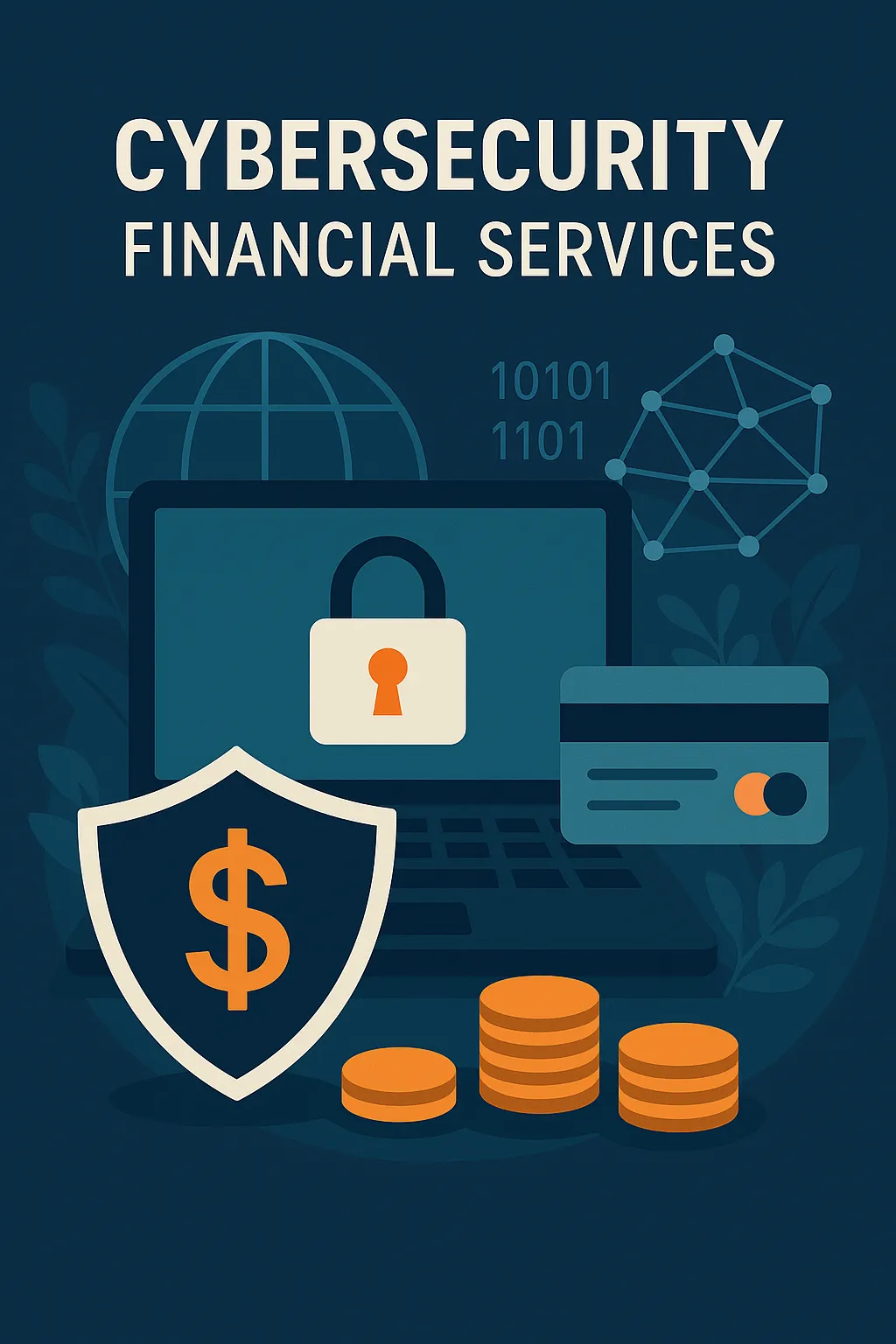Cybersecurity in the Financial and Transport Sectors: Emerging Challenges and Strategies
Welcome to our deep dive into the realm of cybersecurity! Today, we're exploring the increasingly complex cybersecurity landscapes in two critical sectors: finance and transport. As technologies evolve, so do the threats that target these industries. This article will help you understand these challenges and provide practical strategies to enhance your cybersecurity posture.
Understanding the Cyber Threat Landscape
The digital age has exponentially increased the number of cyber threats facing various sectors. Recent reports indicate a 117% rise in DDoS attacks targeting the financial industry in the last six months alone. Similarly, the transport sector in the EU is experiencing enhanced threats, as outlined in a recent ENISA report.
Key Threat Vectors in Finance
Finance sector vulnerabilities stem primarily from the increased usage of emerging technologies like AI, cloud computing, and IoT. These technologies, while beneficial, also open new avenues for cyber attacks. Financial institutions must navigate these waters with great caution. According to a recent publication, escalating cyber threats in finance require new, robust cybersecurity strategies.
Critical Incidents and Their Impacts
Let's examine a recent case where a severe ransomware attack led to a significant shutdown of a multinational financial services company (source). This incident underscores the disruptive potential of cyber threats and highlights the importance of proactive threat management and endpoint security in maintaining business continuity.
Rise in DDoS Attacks
As mentioned earlier, DDoS attacks have surged by over 100% in the financial sector. These attacks overload systems with a flood of traffic, rendering them inoperable and causing massive business disruptions. Companies must implement layered security measures to deflect such threats effectively.
Strategies for Mitigating Cyber Risks
Adopting a multi-layered cybersecurity approach is crucial. This includes setting up firewalls, using secure communication channels, regularly updating systems, conducting cybersecurity awareness training, and implementing robust incident response strategies. Additionally, leveraging analytics and AI can provide predictive insights into potential security threats, enabling preemptive actions.
Conclusion and Takeaways
Navigating the cybersecurity landscape requires a sound understanding of the threats and strategic planning. Both sectors must enhance their defenses and adopt integrated cybersecurity frameworks to safeguard their assets. Always remember, in cybersecurity, prevention is better than cure. Stay informed and stay secure!

